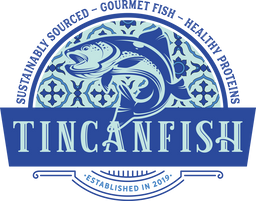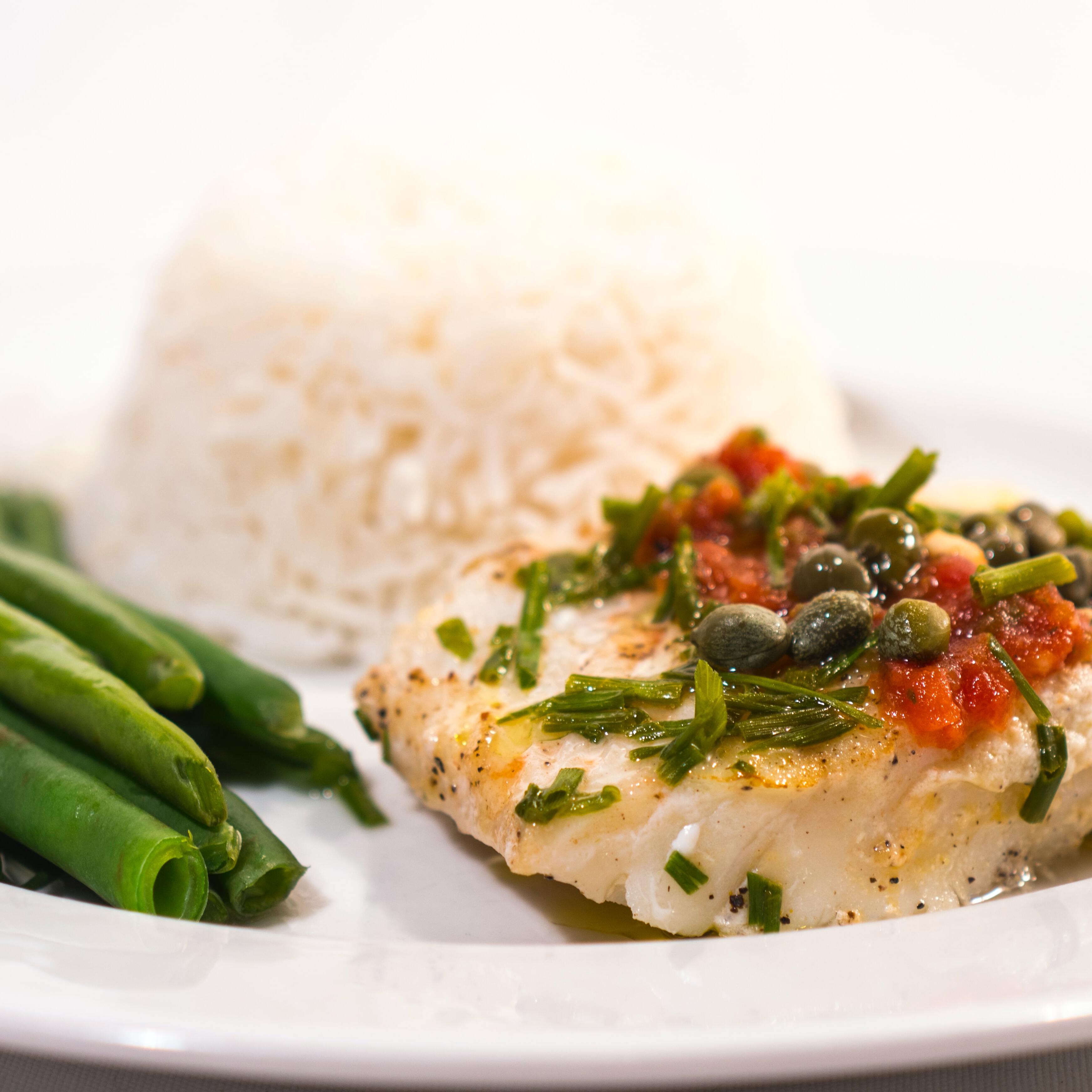Codfish is one of the most widely consumed fish in the world. In fact, the commercial codfish industry rivals salmon with an annual production value of over 5 million dollars. Often the term “codfish” refers to either the Atlantic Cod (Gadus morhua) or Pacific Cod (Gadus macrocephalus), though it is sometimes used to group all the members of the genus Gadus together. Because they are both fascinating animals and a critically important food source, we have so much to learn from codfish. We’ve tackled every angle here, including their significance in their ecosystems and the dinner table.
Codfish Ecology
Codfish are members of the Gadidae family which includes other popular culinary fish like haddock and whiting. Because of their importance to global fisheries, codfish have garnered the attention of marine biologists, resulting in a plethora of research on their life history and ecology. Before we get into the codfish industry, here’s a few fun facts about cod.
- Habitat: All species in the Gadus genus are demersal, meaning they spend most of their time near the ocean floor. However, they venture into more open waters during feeding and spawning.
- Distribution: Atlantic cod can be from the northeastern coast of North America to the coasts of Greenland, Iceland, and the northern European seas. The Pacific cod lives in the North Pacific Ocean from the northwest U.S. to northern China.
- Size: Adult codfish average about one meter in length and 90 pounds, with record sizes up to two meters long and over 200 pounds!
- Diet: From tiny larvae to giant adults, codfish eat other animals throughout their lives. When they are small, they mostly eat zooplankton, moving up to small crustaceans as juveniles. Adult cod aren’t picky. Anything from squid to sea cucumbers makes an appealing meal. Their diet affects their appearance. Eating lots of shrimp? The cod will have a rusty brown coloration. More fish and mollusks? The cod looks more greenish-gray.
- Lifecycle: Cod breeding patterns retain a bit of mystery, with scientists still researching certain behaviors. One theory is the males make a drumming sound to attract a female. Who knew fish were musical? After spawning, the eggs float in the open ocean until the larva hatch. While many larvae don’t make it, those that do survive on their own for 2-7 years before they mature. Codfish live around 16 years in the wild.
- Migration: Codfish move in groups following food sources and water temperature. During the spawning season in the winter and early spring, cod move into warmer waters.
- Impressive Tolerances: Cod are exceptionally tolerant to extreme conditions. They can survive in below-freezing water by producing an anti-freeze protein that prevents their blood from turning to ice! They can also tolerate low salinity levels. Often found in brackish water and river mouths along with the open ocean, adult cod are particularly resilient creatures.
Codfish in the Kitchen
From coast to coast, cod has found its way to the dinner table. The prevalence and importance of cod in North America gave Cape Cod its name. On the other side of the Atlantic, cod is a favorite of Portuguese seafood lovers. Called bacalhau, cod is enjoyed dried in salt or preserved olive oil.
Nutritional Value
Like most seafood, cod packs a nutritional punch. In just a 3oz serving, codfish contains less than a gram of fat and up to 20 grams of protein. Along with being a lean protein, cod is rich in omega-3s and vitamin B12. Linked to cardiovascular health and muscle development, omega-3s are essential fats commonly found in fish. Additionally, cod liver oil has an even higher concentration of the heart-healthy omega-3s along with plenty of vitamins A and D that support bone development, the immune system, and healthy vision.

How to Eat Codfish
Fresh Cod
For fresh fillets, you can cook cod similarly to other fish. To garner the most health benefits, eat your fillets baked, steamed, or grilled. With a mild flavor, pair cod with garlic butter or lemon to let the delicate fish take center stage. Alternatively, cod makes a great protein addition to curries and stews.
Preserved Cod
While fresh cod may be less accessible to those of us not living along the coast, we are not out of luck! Cod has been preserved in salt or olive oil throughout history, a practice that makes the health benefits and flavor available anytime and anywhere in the world.
Salt cod can be incorporated into stews, made into fritters, or add protein to a salad. Start any recipe by removing the fish from the salt and soaking it in cold water.
Canned cod can be enjoyed right out of the tin. Look for brands that preserve the fish in high-quality olive oil for the best taste. For a simple snack, place a few slices of cod on a fresh piece of bread with a squeeze of lemon and a sprinkle of salt. Canned codfish can get more complicated as well. Try starting your day with cod with this recipe for a classic Japanese breakfast.
Sustainability
Because of its popularity, many cod fisheries have been critically overfished. Especially along the North American coast, cod populations have been in a startling decline. When buying cod, look for brands like Bela and Briosa with MSC certifications that guarantee the fish are sustainably caught. Avoid cod caught in the northwestern Atlantic, especially in the overfished regions of the Gulf of Maine and George’s Bank. Atlantic cod from Europe or Pacific cod from Alaska are the better choices. At TinCanFish, we support brands with sustainable and transparent product chains. Check out our selection of codfish here!


